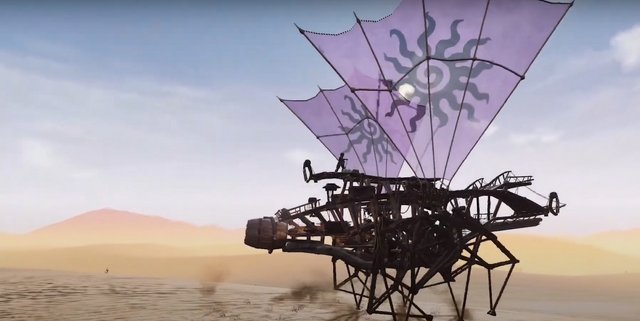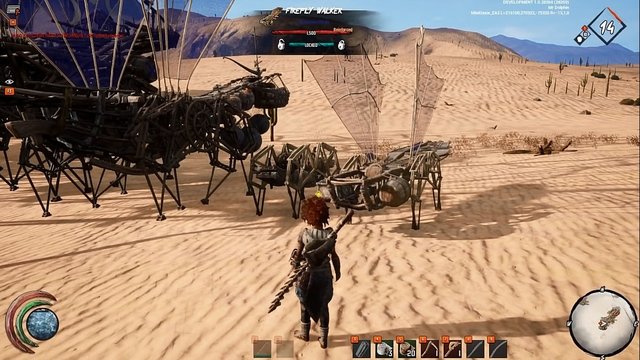

By this use of the term, a blue moon is the second of two full moons to occur in the same calendar month. It was recovered only when researchers for Sky & Telescope magazine noticed that the Maine Farmer's Almanac from 1829 to 1937 reported blue moons that did not fit the meaning of the term calendar blue moon as has since become convention when people have taken to calling a full moon a blue moon based on the Gregorian calendar. This meaning of a blue moon was lost when the editors of the original Farmer's Almanac died. It depends on the last full moon (as calculated by a somewhat inaccurate formula) on or before the Equinox on March 21. This relates to the rule for setting the date for the Christian Holy Day of Easter. The division of the year into quarters for this purpose sets the dividing line between March 21 and March 22. The actual occurance in its original and proper meaning relates to the extra full moon in a quarter of the year when there are four full moons rather than the usual three. The following audio components were deemed outstanding for the specific reasons cited.įor English speakers not familiar with the colloquial phrase "Once in a Blue Moon", it connotes an event of considerable rarity, like finding a pearl inside an oyster.

Research and Conservation Institute (ARCI) in Gainesville, Florida, in 1997.The 6moons Blue Moon Award is bestowed only on components or music releases of rare excellence. University of Florida’s Department of Wildlife Ecology and Conservation. Since 1996, he has served as an adjunct Associate Professor in the in Zoology from the University of NorthĬarolina, Chapel Hill, in 1987. Snail Kites from Paynes Prairie Preserve State Park in Gainesville.Ībout the speaker: Ken Meyer received his Ph.D. Monitoring opportunities for three magnificent Florida raptors.
#Raptor walker last oasis update#
Institute (ARCI), will share the latest research on tracking and migration, and update listeners on Please don’t come if you are sick.Ībout the presentation: Ken Meyer, Executive Director of Avian Research and Conservation Savanna began serving the Nature Coast as a Regional Specialized Agent with Sea Grant and UF/IFAS Extension in February 2016 and is stationed full time at the Nature Coast Biological Station.Ĭonservation Ecology of Short-tailed Hawks, Swallow-tailed Kites, and Snail Kites Savanna Barry did her dissertation work in the beautiful seagrass meadows of the southern Nature Coast where she investigated the morphology, resilience, invertebrate community composition, and carbon storage of seagrass meadows growing under different rates of nutrient input. She returned to Gainesville to continue into a Ph.D. While in Little Cayman, Savanna completed her Divemaster certification and co-organized an island-wide effort to remove invasive lionfish from local coral reefs. research focused on seagrasses but she was also involved in youth education and public outreach on the island. in Fisheries and Aquatic Sciences through the University of Florida.


in Biology from the University of Virginia, Savanna split her time between Gainesville, FL and Little Cayman Island to earn her M.S. About the speaker: Savanna grew up on a small farm in central Virginia and discovered her interest in marine ecology during family vacations to small fishing towns along the Chesapeake Bay.


 0 kommentar(er)
0 kommentar(er)
